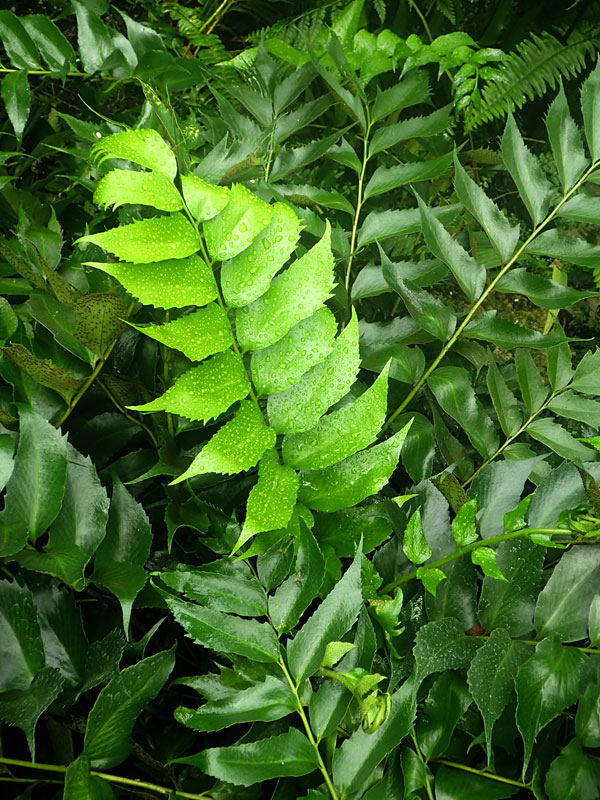
Japanese Holly Fern (cyrtomium falcatum rochfordianum) Urban Perennials
C. falcatum is a fern in the family Dryopteridaceae.The species was originally described as Polypodium falcatum by Linnaeus the Younger, based on a specimen from Japan.In 1836 Presl described the new genus Cyrtomium and transferred the species (Presl, 1836).The circumscription of Cyrtomium and the similar genus Polystichum has been controversial (Christensen, 1930), and the species has.
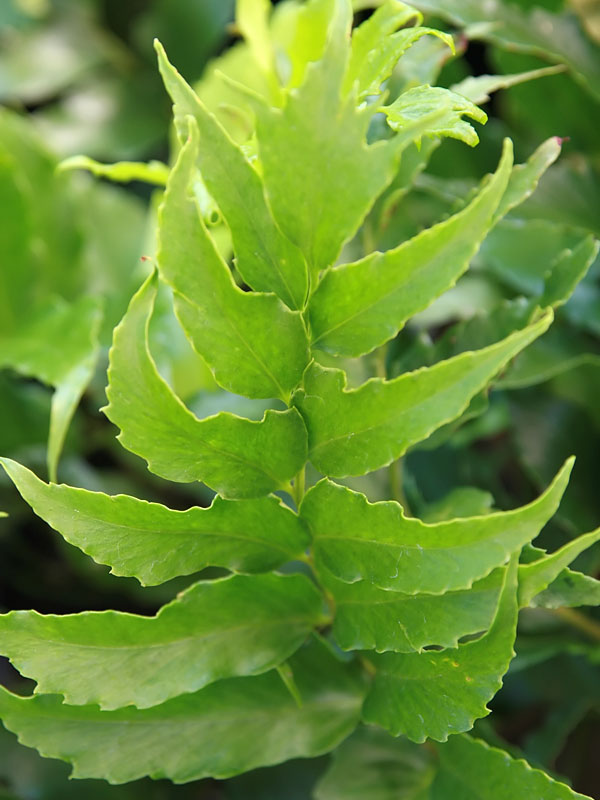
Lg. Japanese Holly Fern (cyrtomium falcatum rochfordianum) Urban Tropicals
Japanese Holly Fern. Botanical Name: Cyrtomium falcatum. Holly Fern is eye-catching on its own. But long fronds with thick, shiny green leaflets make this a handsome addition to any indoor plant grouping. Combine this easy-care fern among variegated foliage plants, such as snow bush, colorful coleus or one of the prayer plants.
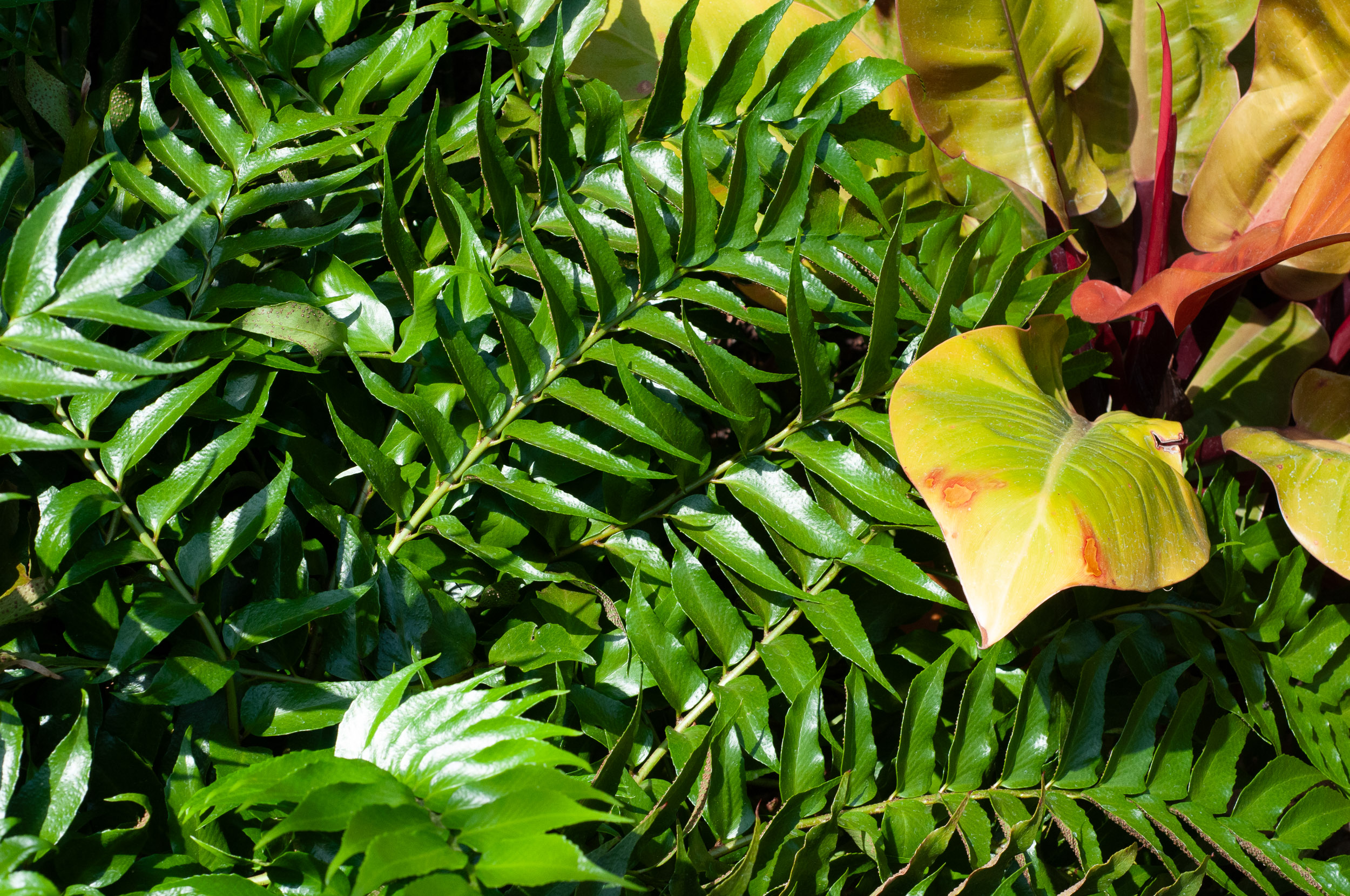
Cyrtomium falcatum (Holly fern)
Cyrtomium is a small genus of 15 to 20 fast growing, terrestrial or rock-inhabiting fern species from around the world. Fronds generally range in length from 1 to 2 1/2 feet in length. Holly ferns prefer moist conditions as they are largely native to damp forests or river banks. They thrive in acidic, nutrient rich soil with good drainage.
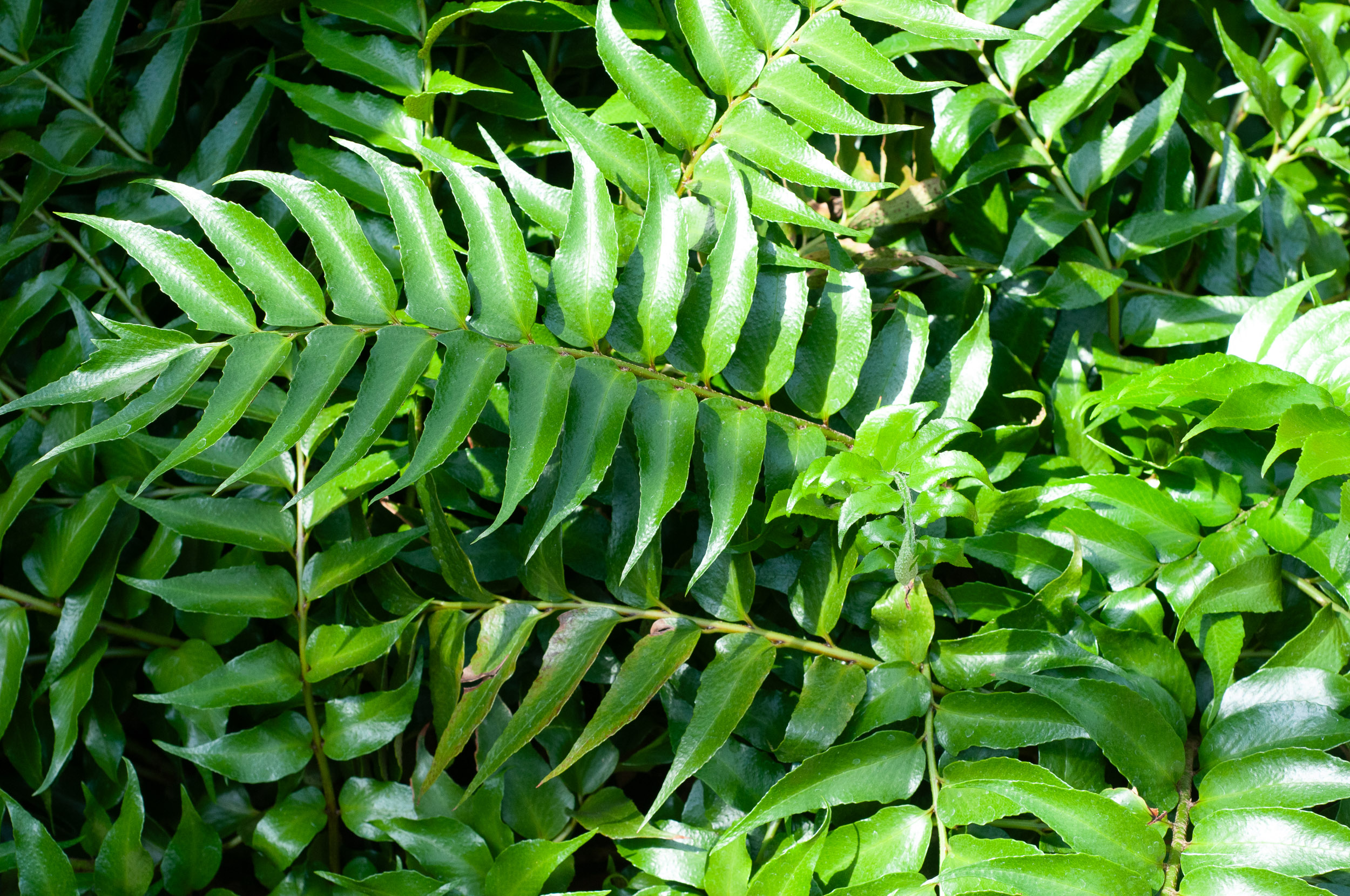
Cyrtomium falcatum (Holly fern)
Falcatum goes by several common names including: Japanese Holly Fern; Holly Fern; Japanese Holly Fern Care Size & Growth. Cyrtomium Falcatum is a perennial plant and includes light brown large rhizome, which is covered thickly with furry scurf. The plant height reaches 24″ inches and is made up of various bright green shiny leaflets.

Cyrtomium falcatum, Holly fern, great for dry shady areas. Plants, Holly fern, Ferns
Cyrtomium falcatum has had a popular following as a house plant since the Victorian era. George Schneider extols its virtues in his informative trilogy The Book of Choice Ferns thus: "they are indeed the best Ferns for use in the least favored places - in rooms and on staircases - where their leathery foliage of distinct and handsome appearance seems to defy the deadly influences of draughts.
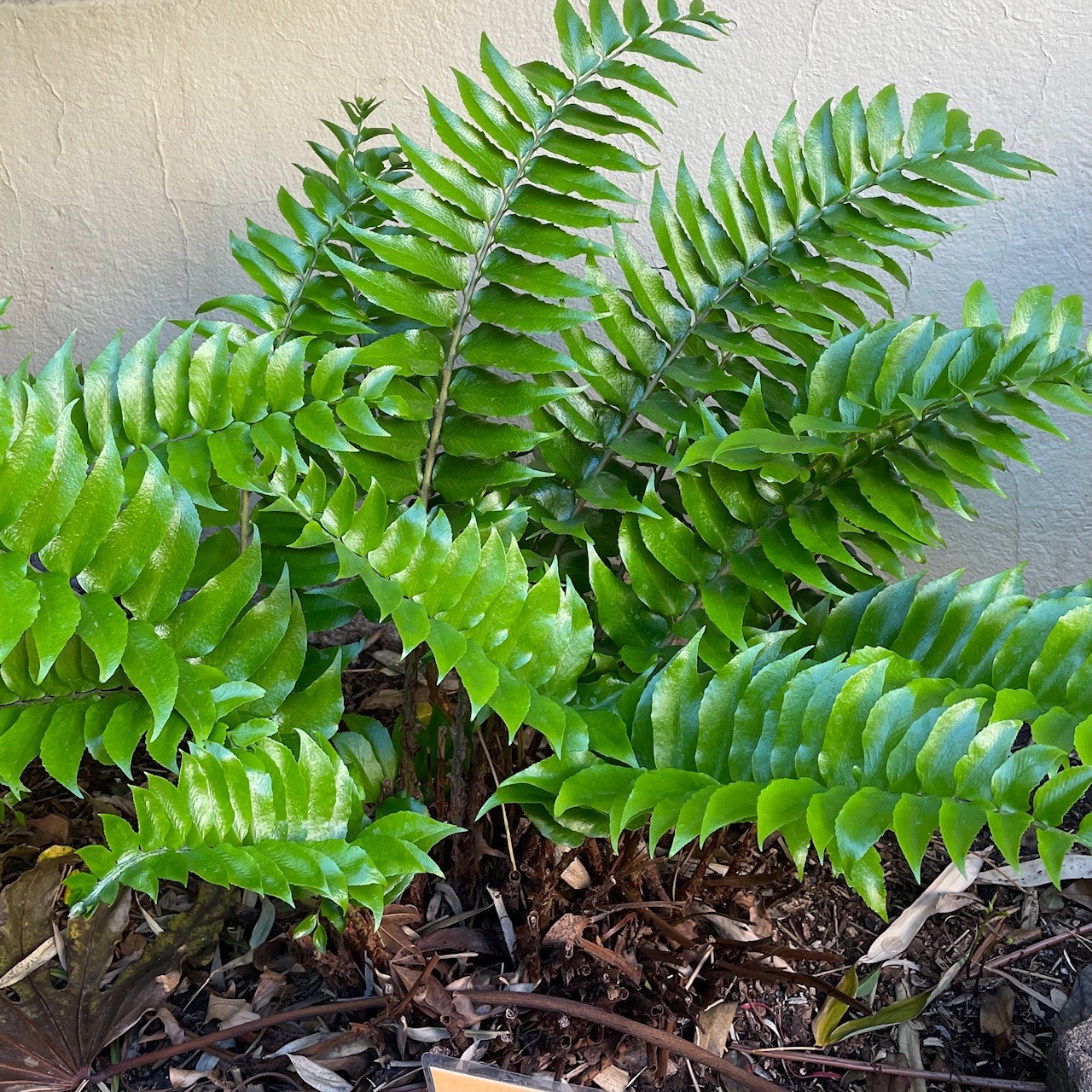
Cyrtomium falcatum Japanese Holly Fern (3.5" Pot) Little Prince To Go
Cyrtomium falcatum, commonly called Japanese holly fern, is native to eastern Asia, India, southern Africa and Hawaii. The fronds of this fern resemble holly branches. This is an evergreen fern (deciduous in St. Louis) that typically grows in a dense, vase-shaped clump to 2' tall. Arching, glossy, dark green fronds (1-2.5' long) are noted.
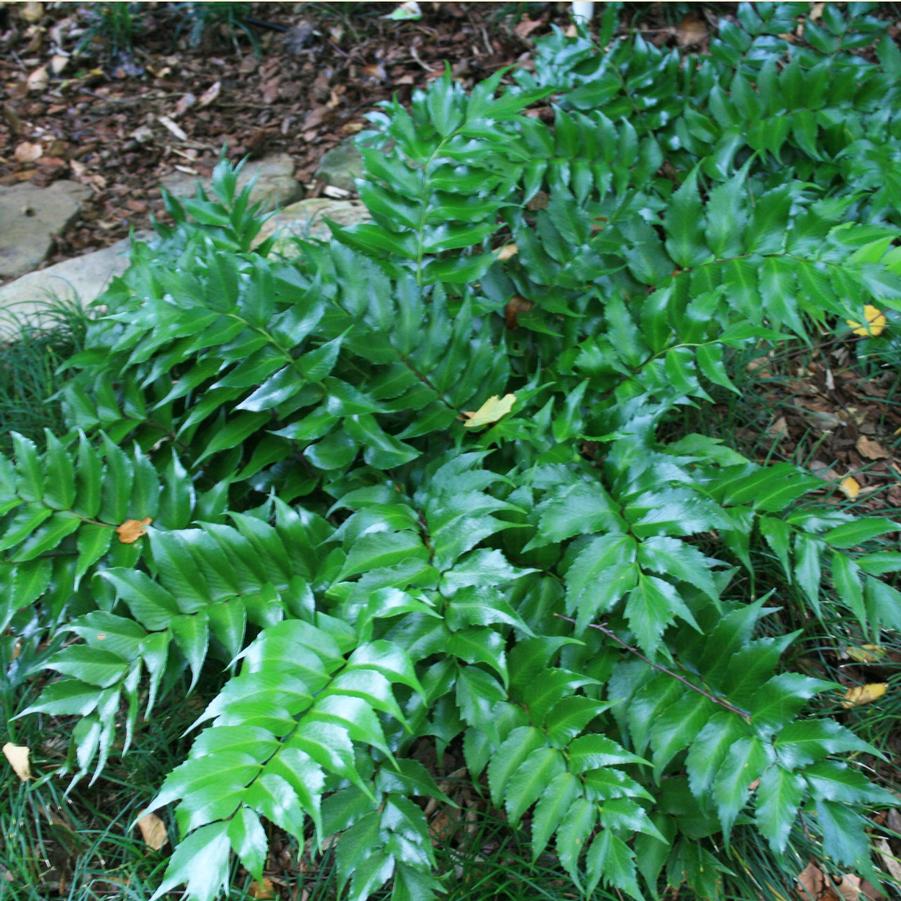
Cyrtomium falcatum 'Rochfordia' Japanese Holly Fern from Sandy's Plants
Holly fern is a fern that is native to southern Asia and gets it common name from the leaflet's resemblance to the leaves of a holly shrub. Typically an evergreen, it can also be deciduous in colder locations.. Cyrtomium Species: falcatum Family: Polypodiaceae Life Cycle: Perennial Recommended Propagation Strategy: Division Seed Country Or.
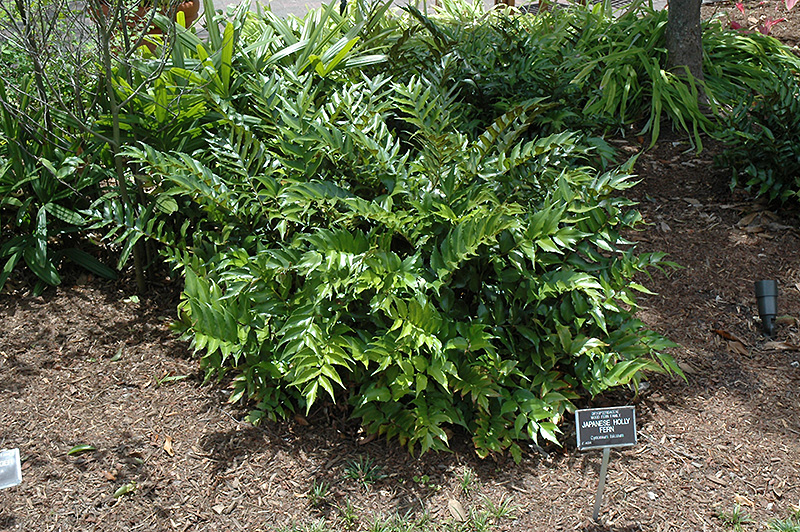
Japanese Holly Fern (Cyrtomium falcatum) in Richmond Fairfax Loudoun Prince William Fredericks
Cyrtomium falcatum. Japanese holly fern. An evergreen fern, deciduous in cold areas, forming a tuft of leathery, pinnate fronds to 70cm long, composed of dark glossy green, broadly sickle-shaped leaflets.
Cyrtomium falcatum (Japanese Holly Fern) the online Flora of the Maltese
Cyrtomium falcatum sir-TOE-mee-um fal-KAY-tum Audio Spreading, glossy, dark green fronds reach a length of 8 to 24 inches. This fern has holly-like pinnae and sori scattered over the underside of the pinnae. Noteworthy CharacteristicsUsually found in moist, rocky areas or woodland in central and eastern Asia, this evergreen fern is deciduous in.
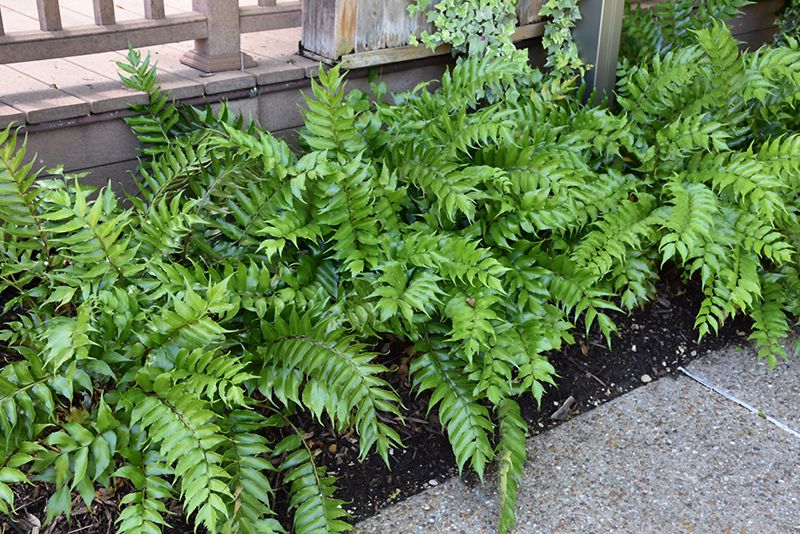
Japanese Holly Fern (Cyrtomium falcatum) in Dallas, Texas (TX) at Walton's Garden Center
Cyrtomium falcatum is a popular ornamental plant in temperate climate gardens (zones 7 to 10), and is also popular as a house plant. It is hardier than most ferns; it thrives in light shade to deep shade with average fern soil. It is easily and quickly propagated by spores, but it can also be propagated via rhizome division.
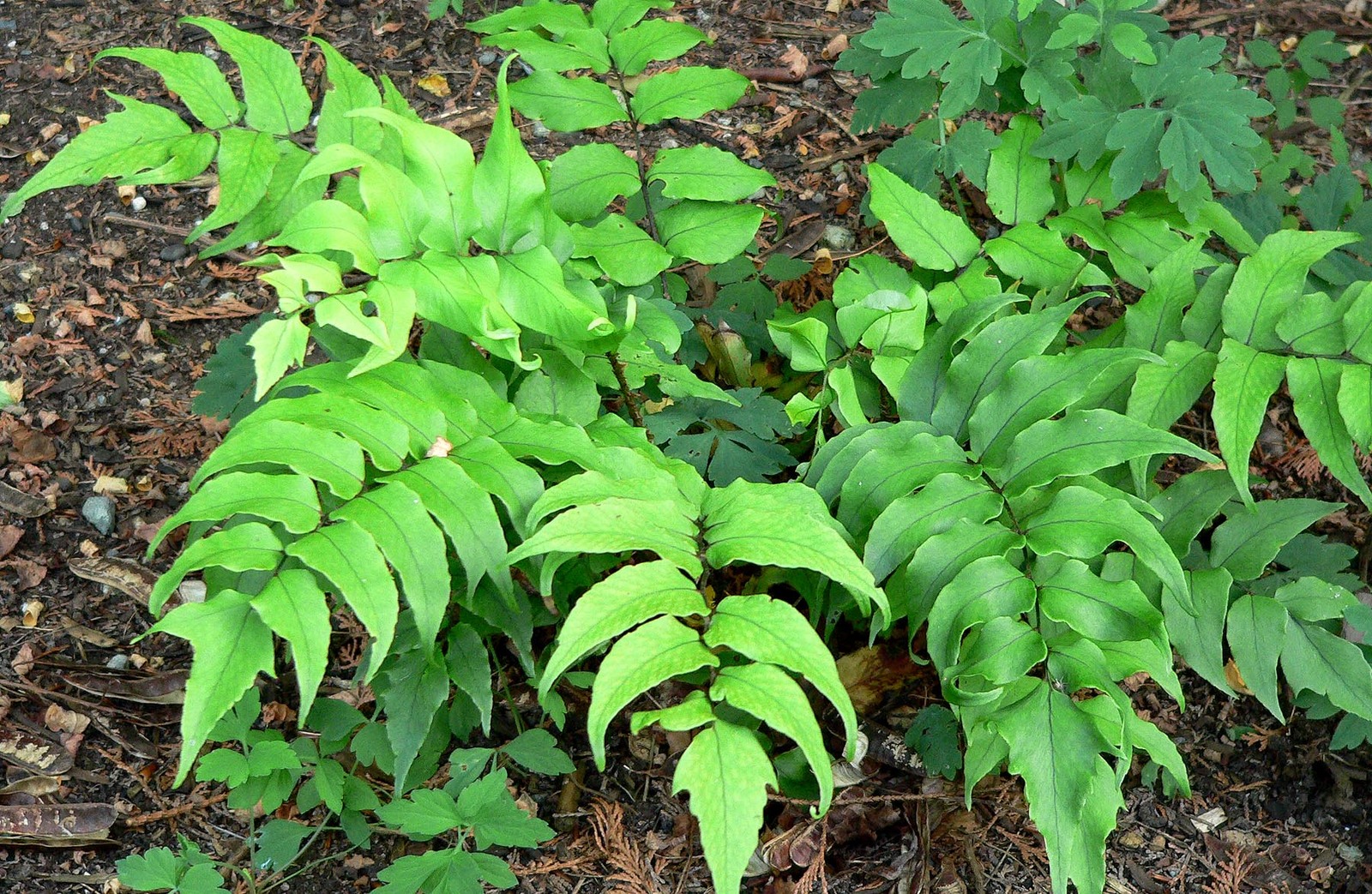
Japanese Holly Fern Cyrtomium falcatum 140mm
Holly fern, Cyrtomium falcatum. Holly fern, named for the pointy tips on its leathery leaves, is a drought-resistant plant native to Africa and Asia. This fern thrives in low light, so it's ideal for shady areas under trees. It's such an attractive, yet low-maintenance, plant that the Florida Nursery Growers and Landscape Association (FNGLA.

Japanese Holly Fern (Cyrtomium falcatum)
Find In Store. Popular for its hardiness and handsome foliage, this fern makes an excellent groundcover or border edging in shaded locations. The stiff, glossy, dark green fronds of holly-like leaflets with coarsely fringed margins add excellent texture to container plantings. Evergreen in mild winter regions. Water when soil is dry to the touch.
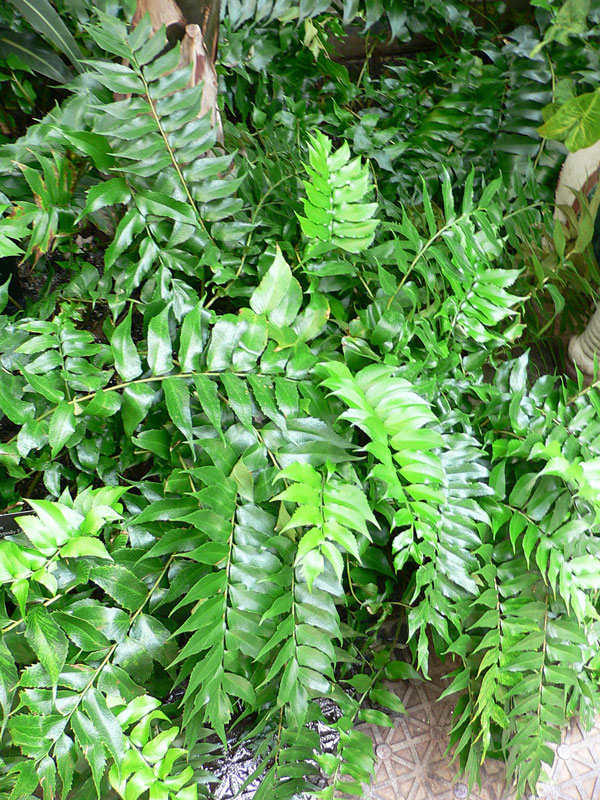
Japanese Holly Fern (cyrtomium falcatum rochfordianum) Urban Perennials
Holly Fern (Cyrtomium falcatum) propagation can be done by division at the beginning of the growing season by plant division or by germinating the spores. How to propagate Holly Fern by plant division. Carefully take the Holly fern out of its pot and divide the rhizome into several sections. Ensure each section has adequate roots.
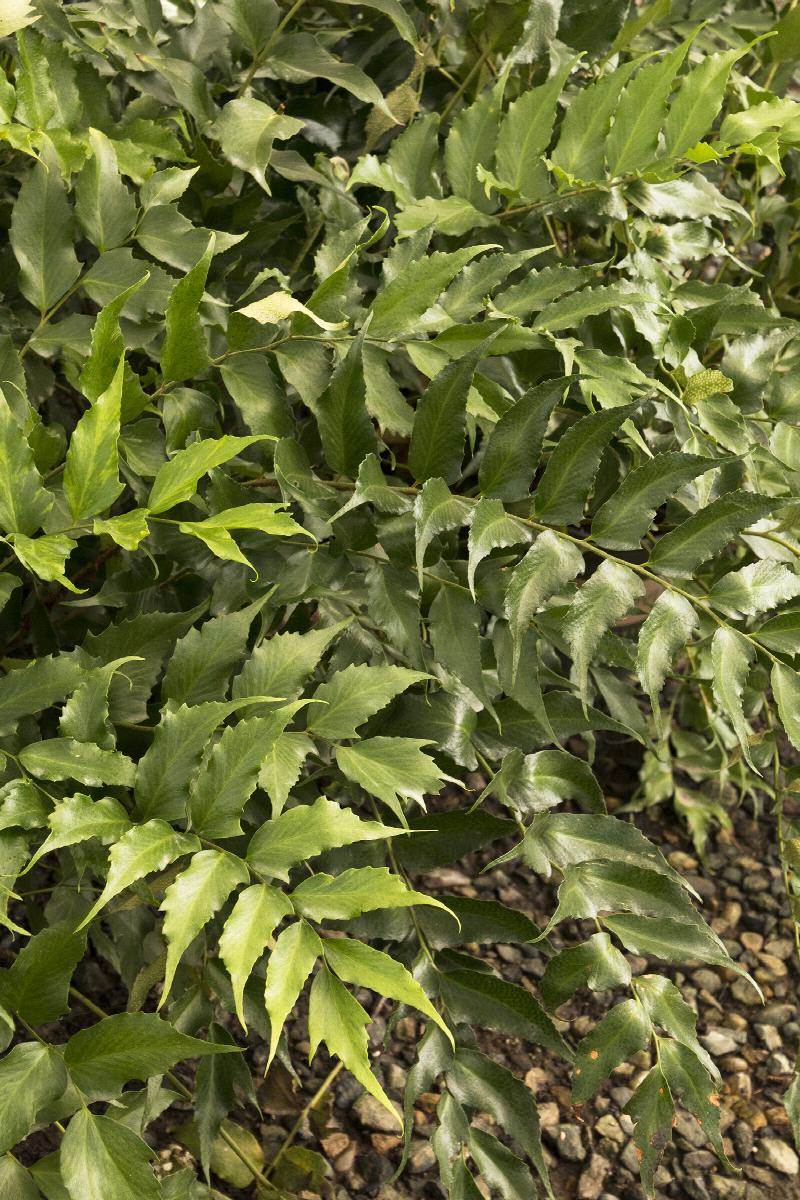
Japanese Holly Fern, Cyrtomium falcatum 'Rochfordianum', Monrovia Plant
Holly fern (Cyrtomium falcatum), named for its serrated, sharp-tipped, holly-like leaves, is one of the few plants that will grow happily in the dark corners of your garden. When planted in a flower bed, the lush, deep green foliage provides beautiful contrast as a background for colorful annuals and perennials. Read on to learn about the care.

Holly Fern Care How to Grow & Care for "Cyrtomium Falcatum"
Common Name: Holly fern Genus: Cyrtomium Species: falcatum Skill Level: Beginner Exposure: Partial shade, Shade Hardiness: Hardy Soil type: Well-drained/light, Clay/heavy, Moist Height: 60cm

Cyrtomium falcatum Big Plant Nursery
Cyrtomium falcatum. Description. Evergreen fern with dramatic, dark-green glossy fronds that resemble holly leaves; provides a lush look in dark shady areas of the garden; can tolerate high-mineral irrigation water. California Native. No.